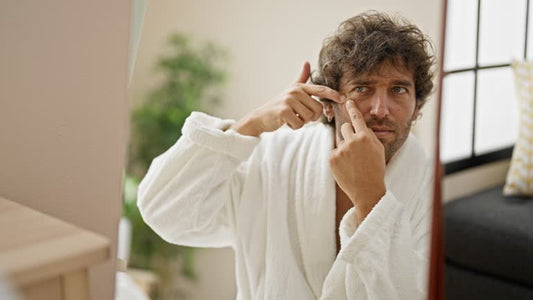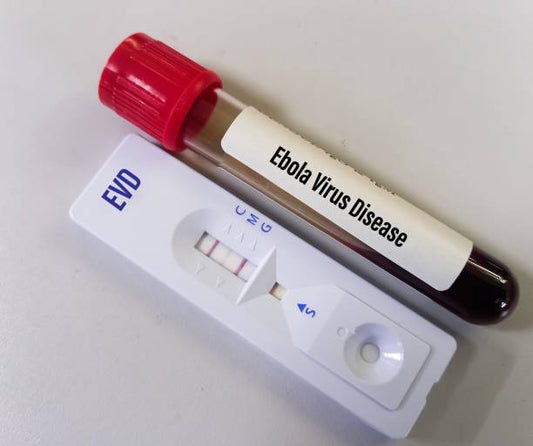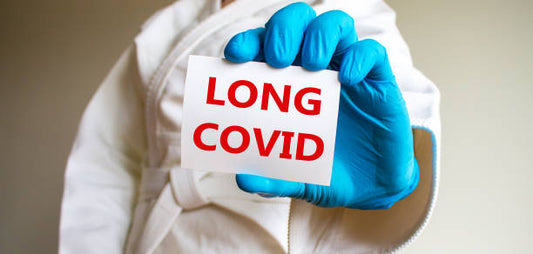Mosquitoes are one of the most annoying insects that can ruin your outdoor activities. They not only cause discomfort with their bites, but they can also transmit deadly diseases like malaria, dengue fever, and Zika virus. That's why it's important to take measures to protect yourself from these pesky insects. Two popular methods of mosquito control are mosquito coils and machines. In this article, we'll explore the safety and effectiveness of these methods.

Mosquito Coils: How Do They Work?
Mosquito coils are a popular method of repelling mosquitoes. They are made of a mixture of chemicals that are slowly burned to release a smoke that repels mosquitoes. The active ingredients in mosquito coils are usually pyrethroids, which are insecticides that are effective against mosquitoes.
Are Mosquito Coils Safe?
Mosquito coils are generally safe when used according to the manufacturer's instructions. However, they can release smoke and fumes that can be harmful if inhaled in large quantities. It's important to use mosquito coils in a well-ventilated area and to avoid inhaling the smoke directly.
Another concern with mosquito coils is that they can pose a fire hazard if not used properly. Mosquito coils should be placed on a heat-resistant surface and should never be left unattended. It's also important to keep them out of reach of children and pets.
Mosquito Machines: How Do They Work?
Mosquito machines, also known as mosquito traps or mosquito zappers, are devices that attract and kill mosquitoes. They work by emitting carbon dioxide, heat, and light to mimic human breath and body heat, which attract mosquitoes. Once the mosquitoes are lured in, they are either trapped or electrocuted.
Are Mosquito Machines Safe?
Mosquito machines are generally safe to use, but they do have some limitations. They are most effective in small areas and may not be effective in large outdoor spaces. They also require a power source, which can be a challenge in remote areas.One concern with mosquito machines is that they can attract and kill beneficial insects like bees and butterflies. It's important to use them selectively and to avoid placing them in areas where beneficial insects are present.
References
1. World Health Organization. (2016). Mosquito coil emissions and health: a WHO position statement. Retrieved from https://www.who.int/ipcs/publications/ehc/ehc_235.pdf
2. Environmental Protection Agency. (2019). Mosquito control devices. Retrieved from https://www.epa.gov/mosquitocontrol/mosquito-control-devices
Author: Nikita Vishnoi BCA












